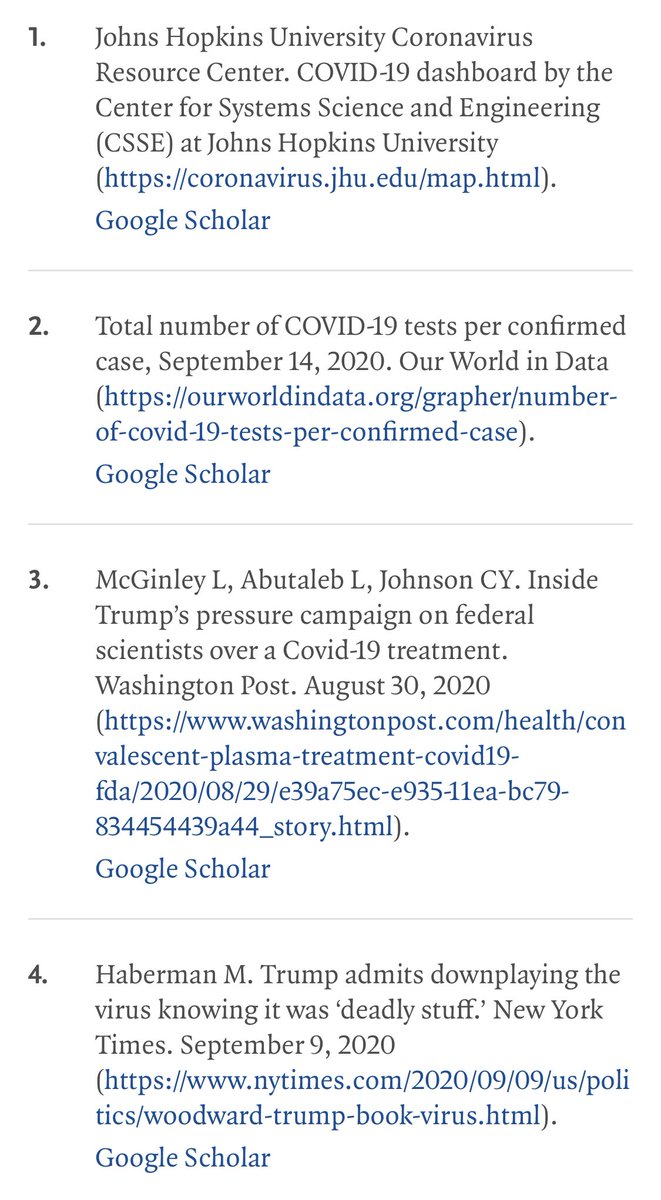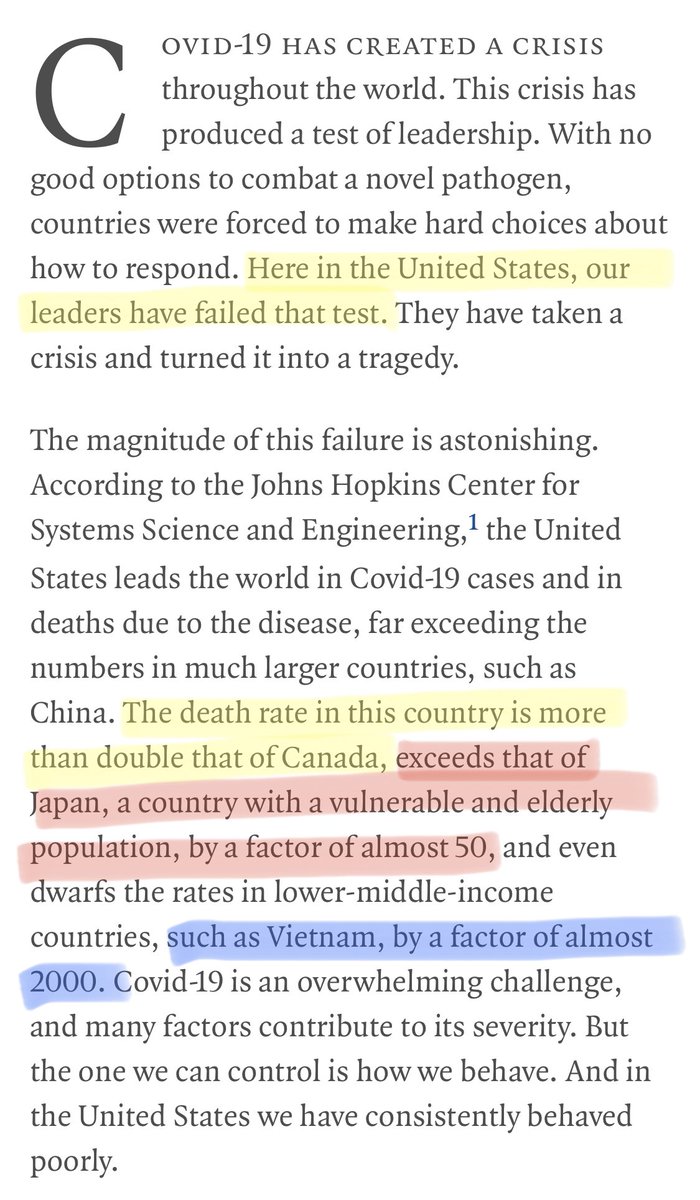I am definitely biased, but I trust the judgement of companies that have successfully developed vaccines over docs who by and large have little experience in drug or vaccine development.
I happen to know personally some of the signatories to the Pfizer letter. I respect their intelligence and honestly.
And I also know that they don’t understand what they signed, in that key underlying assumptions are at best questionable.
And I also know that they don’t understand what they signed, in that key underlying assumptions are at best questionable.
“As public health experts…” 🙄
What is the justification for 2/3s of folks needing a vaccine that is 75% effective? Can someone point me in the right direction?
Finally, where did the 2 months of safety monitoring after the second dose come from? What is the basis for this time period?
It may be that there are justifications to the latter two points. It would be helpful to cite them in the letter, or at least link to them in accompanying tweets.
If I am bored this weekend, maybe I will dig into them.
If I am bored this weekend, maybe I will dig into them.
• • •
Missing some Tweet in this thread? You can try to
force a refresh













